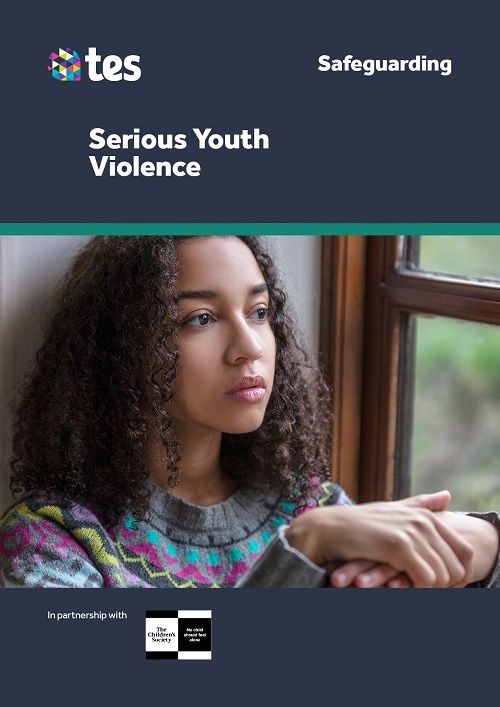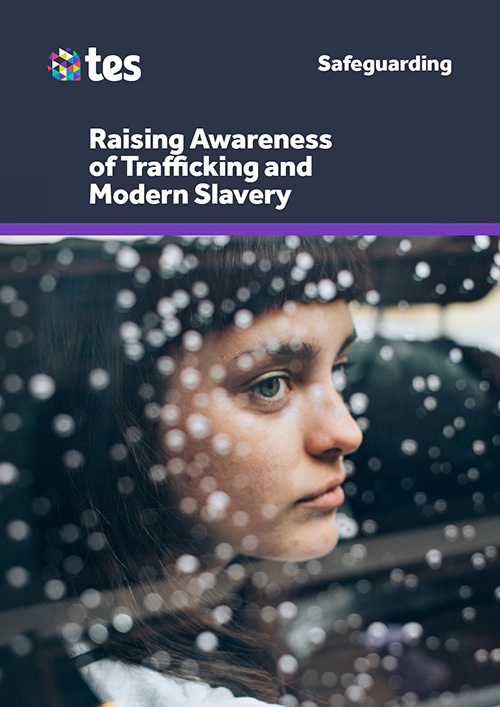
Human trafficking and the link to 'County Lines'
The word ‘trafficking’ is often confused with ‘smuggling’, but it is actually a form of modern slavery. The international definition of trafficking comes from the United Nations Palermo Protocol (2000). This defines trafficking as:
Trafficking can involve crossing international borders, but it can also happen within the same country, city or town.
Under the Modern Slavery Act, a person commits the offence of Human Trafficking if they arrange or facilitate the travel of another person with a view to that person being exploited.
It does not matter whether someone consents to be moved, regardless of whether they are
What are the main types of trafficking?
Trafficking can take many different forms. They are:
- Child sexual exploitation
- Forced labour
- Child labour
- Forced criminality/child criminal exploitation (such as ‘county lines’)
- Domestic servitude
- Forced begging.
- Organ harvesting
- Benefit fraud forced marriage and illegal adoption.
A closer look at internal trafficking and county lines
We know that trafficking can happen within the same country or city.
Large numbers of young people in the UK are exploited in what is known as ‘county lines’. The UK government defines ‘country lines’ exploitation as:
County Lines and Keeping children safe in education (KCSIE) 2018
In the update to Statutory Guidance, Keeping children safe in education, new information was included about County Lines:
Like other forms of abuse and exploitation, county lines exploitation:
- can affect any child or young person (male or female) under the age of 18 years;
- can affect any vulnerable adult over the age of 18 years;
- can still be exploitation even if the activity appears consensual;
- can involve force and/or enticement-based methods of compliance and is often accompanied by violence or threats of violence;
- can be perpetrated by individuals or groups, males or females, and young people or adults; and
- is typified by some form of power imbalance in favour of those perpetrating the exploitation. Whilst age may be the most obvious, this power imbalance can also be due to a range of other factors including gender, cognitive ability, physical strength, status, and access to economic or other resources.
County Lines - associated training courses
This above information was taken from our online Modern Slavery and Human Trafficking training course that was written in partnership with The Children’s Society.
The course also covers:
- Who does trafficking affect?
- Why is trafficking possible?
- How are children and young people recruited?
- Grooming
- Control techniques
- Spotting the signs of trafficking
- Case studies
- Myth busting
- Reporting concerns
- Advice and support
County Lines is also covered in another course that was written with The Children's Society on Serious Youth Violence.
Both courses are included in our comprehensive training course packages or are available to buy online for £18.50 per learner per course.
Get in touch to find out more.
Return to news
Never miss an update
To receive the latest news and offers, click below
Related content:
Serious Youth Violence
The impact serious youth violence has on individuals and the community is significant. Written in partnership with The Children’s Society, this course raises awareness of this major issue.
Read moreSerious Youth Violence
The purpose of this course is to help you understand:
- what is meant by the terms 'serious youth violence'
- how serious youth violence impacts upon communties
- what we already know about serious youth violence
- the vulnerabilities and risk factors that can lead to criminal exploitation
- the process of recruitment and the four main stages; targeting, experience, hooked and trapped
- child criminal exploitation, county lines and their definitions
- what a gang is and the terminologies such as 'gang', 'youth group' and 'serious organised crime group'
- further information on 'Organised Crime Groups' (OCG) and 'Serious Organised Crime Groups' (SOCG)
- details on a report from the Children's Commissioner
- it is estimated there are 27,000 children in England who self-identify as being gang members
- tens of thousands more are said to be on the periphery
- current statistics published by The Office of National Statistics
- the reasons why young people say they carry weapons and the different criminal offences associated
- contextual safeguarding and the importance of early intervention
- signs and behaviours to look out for and case studies
- next steps to take
Raising Awareness of Trafficking and Modern Slavery
The purpose of this course is to help you understand:
- What modern slavery and trafficking are
- Different types of trafficking
- Who trafficking affects
- The Modern Slavery Act 2015
- Internal trafficking and county lines
- How to spot the signs of trafficking
- How to report concerns about a trafficked child or adult
Raising Awareness of Trafficking and Modern Slavery
The term modern slavery acknowledges the fact that millions of people are still held in conditions of slavery and servitude globally – including in the UK. This course raises awareness of this issue.
Read moreSerious Youth Violence
The purpose of this course is to help you understand:
- what is meant by the terms 'serious youth violence'
- how serious youth violence impacts upon communties
- what we already know about serious youth violence
- the vulnerabilities and risk factors that can lead to criminal exploitation
- the process of recruitment and the four main stages; targeting, experience, hooked and trapped
- child criminal exploitation, county lines and their definitions
- what a gang is and the terminologies such as 'gang', 'youth group' and 'serious organised crime group'
- further information on 'Organised Crime Groups' (OCG) and 'Serious Organised Crime Groups' (SOCG)
- details on a report from the Children's Commissioner
- it is estimated there are 27,000 children in England who self-identify as being gang members
- tens of thousands more are said to be on the periphery
- current statistics published by The Office of National Statistics
- the reasons why young people say they carry weapons and the different criminal offences associated
- contextual safeguarding and the importance of early intervention
- signs and behaviours to look out for and case studies
- next steps to take
Raising Awareness of Trafficking and Modern Slavery
The purpose of this course is to help you understand:
- What modern slavery and trafficking are
- Different types of trafficking
- Who trafficking affects
- The Modern Slavery Act 2015
- Internal trafficking and county lines
- How to spot the signs of trafficking
- How to report concerns about a trafficked child or adult
EduCare announces partnership with The Children’s Society
We will be developing new courses on Modern Slavery and Serious Youth Violence with the national charity.
Read more

_800.jpg)
